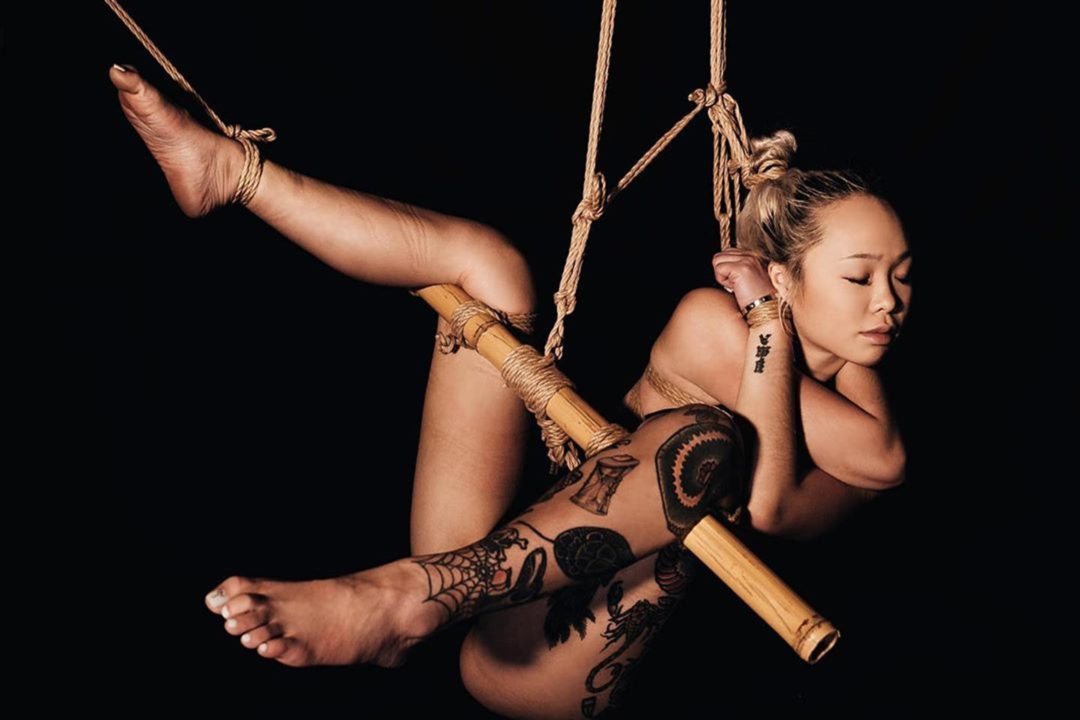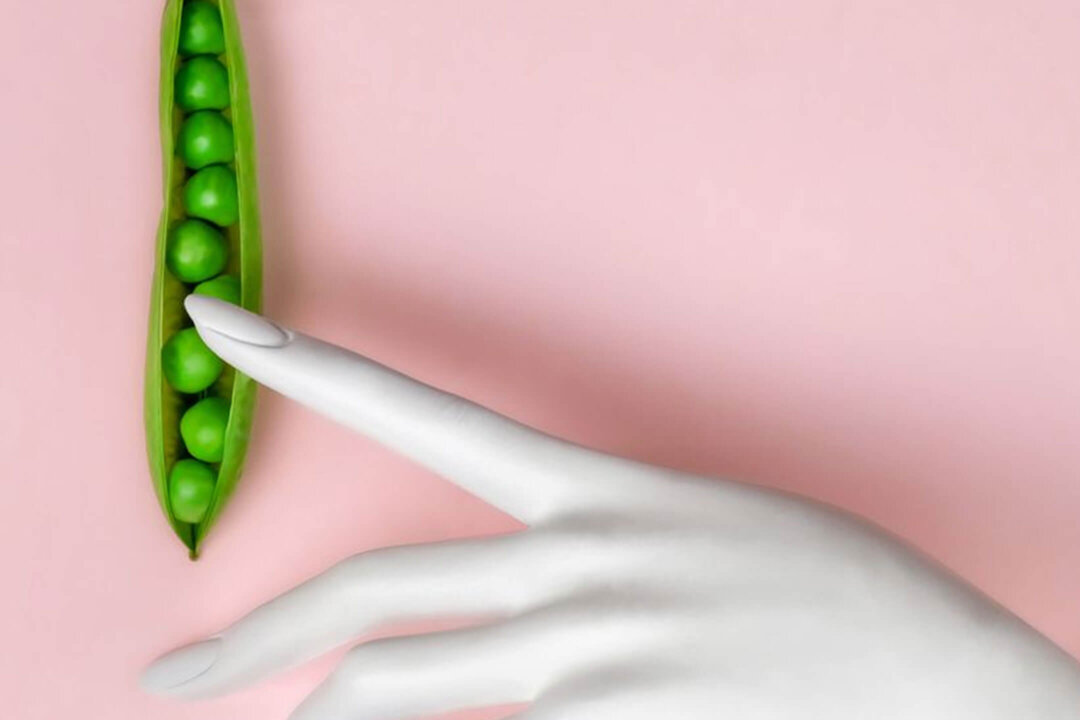Originally published @ Women's Health
By Alyssa Girdwain and Emily Becker
When the temperature drops, the urge to bunker down with someone on cold nights starts to build. Welcome to cuffing season! “Cuffing season” typically starts around October, with couples pairing off for a few months–a.k.a. “cuffing”– before ending their relationship in the spring.
And while a temporary relationship doesn’t exactly scream romantic, experts say a cuffing season relationship can have serious benefits. That’s if you go about it the right way.
It’s basically a shortcut into the cozy stage of a relationship, says licensed marriage and family therapist Shadeen Francis. “While [it] might not have the same depth as a long-term relationship, some of these short-term bonds can feel really soothing and comforting,” she says.
Think about it: Summer flings get all the hype thanks to outdoor happy hours and the promise of weekend trips, but winter is just too d*mn frigid for all that activity. Spending large amounts of time indoors and not seeing friends out and about can affect how you’re feeling. (You’ve seen The Shining, right?)
“When there’s not as much going on outdoors, not having to be alone indoors in those darker winter months, it’s good for people’s mental health to not be isolated,” says Dr. Holly Richmond, a certified sex therapist and author of Reclaiming Pleasure: A Sex-Positive Guide for Moving Past Sexual Trauma and Living a Passionate Life.
As social circles get smaller and slower, what’s a gal to do besides find a cutie to hide with under hygge-style blankets and make out with in-between Netflix binges?
If you’re considering nabbing a special someone to keep you warm and ~entertained~ before the chill sets in, peep this expert-approved guide to cuffing season.
First things first: What is cuffing season?
With “cuffing” popping up in the Urban Dictionary 10 years ago, you’re probably familiar with the concept and even participated in a few cuffing seasons of your own (get it!). As a refresher, “cuffing season” is the time of year when the weather starts to turn cooler and people start seeking relationships to get them through those upcoming long, chilly nights.
The thought process? “During the cold winter months, people are less motivated to leave the warmth and comfort of their homes and meet others for social gatherings,” says relationship researcher Marisa T. Cohen, PhD. “Instead, people would rather find one person to spend their time with at home.”
These relationships are normally short-term, but that doesn’t necessarily mean your seasonal boo won’t turn into a year-long bae. But more on that later…
When is cuffing season?
Couples typically start to cuff off in the late fall or early winter and then stay together until the weather starts to thaw in the spring. But it’s not just the weather that’s to blame for this impulse to couple up during the winter, there’s a biological aspect as well.
With serotonin levels naturally dropping with the temperature, people can start to feel a bit down, Cohen explains, triggering a desire to find someone to spend time with to combat these feelings.
In addition, anyone who’s seen a certain genre of movies has witnessed the social norm of having a plus one during the holiday trifecta of Christmas, New Year’s, and Valentine’s Day. If you feel more pressure to not be alone during these events, you’re not, well, alone.
“Look at rom-coms [since] forever, it’s like, you need someone to take home for Christmas,” Richmond says. “They’re either going home or they’re going to events, there are things happening where they feel like they should be partnered.”
Richmond adds that she would even consider Halloween as another holiday where there are starting to be societal norms around not showing up at a party without a plus one. “They’re just all holidays that people like to spend with someone else, and in this case, a romantic partner,” she says.
How do I find a seasonal bae?
On an average day, it’s hard enough to find someone worthy of your time. Factor in shorter days, fewer chances for a meet-cute since you’re inside all the time, and an instinct to just pull the covers over your head until spring. It can make dating prospects feel dismal.
But, say you matched with the cutest person in 60 swipes or have your eye on a friend-of-a-friend adjacent to your social bubble. Be upfront that you’re looking to cuff—then, you can focus on how their personality gels with yours. Try, “I’d love to hang out if you’re down, but I’m not really into the idea of something long-term. What are your thoughts on something short and simple?” As long as you set those clear boundaries and expectations upfront, you should be good to go.
“So many times, I see one person is much more attached and has this vision of what the relationship is and will be, and the other partner just isn’t on the same page,” says Richmond. “We’re not responsible for someone else’s feelings, but we are responsible for not leading people on.”
So do some swipes on dating apps you can tolerate, resurrect promising conversations you ghosted on two months ago, or take to the DMs. Just be sure both of you know what your connection is all about.
How can I tell if I’ve been cuffed?
If you’re not the one cuffing a partner, the flip side can be confusing. Maybe you started talking or dating at the end of the summer, but then they didn’t stay over after an apple picking outing. What’s happening? Here’s where a vibe check comes in handy.
Are you talking about future plans? Does it happen organically? Do those plans cut off in March or April? Take note of the nature of these conversations because they can signal if your partner is thinking short-term. That can also help you understand where you’re at, too. Take notice of the little voice inside your head and whether it’s telling you that you want more commitment, or that you’re good with where things are at, Francis says.
Of course, the easiest way to find out if you’re being cuffed is to ask (seriously, see above). It doesn’t quite have to be the dreaded “What are we?” conversation. An easy, “Where do you see this going?” will do just fine.
Once you get your answer, what happens next is up to you: Are you interested in getting to know more about each other, or is your connection good as is? If you’re okay with the ‘ship status quo, keep it going until you pack your sweaters away in storage again. But if not, it’s best to cut things off now and find someone who wants the same things you do.
Should I participate in cuffing season or nah?
Cuffing isn’t for everyone—if you want to go through winter with your fine self, more power to you. But even those craving attention and affection should think about what they actually need at this moment in life, lest they settle for a cuddle buddy hiding red flags underneath a cozy blanket or fall into a relationship they never really wanted.
*Checks calendar* Okay, cuffing season is over. What now?
If you’ve enjoyed hanging out for a few months but aren’t looking to carry on the relationship any further, that’s totally your call. Decide how much or how little contact you’d like to have with the person from this point on, and then off you go!
But if you’re interested in continuing the relationship? That’s totally okay, too! Asking yourself questions like, “Does this person have the attributes or traits that are important to me in a partner?,” “Do we share the same values?,” or “What do I like about how I feel with this person?” are all good considerations before jumping into a conversation about making the relationship long-term. And yes, you will need to have a conversation.
“As with all relationships, it is important to keep the lines of communication open and to be comfortable and vulnerable enough to share your needs, desires, and fears,” says Cohen. “Therefore, if you are in a caring and secure relationship and want to see it continue, let your partner know. Be honest and share your feelings.”
So, take the time to talk it out with your partner. And if you’re both on the same page, then the next step is easy–start planning which patios you’ll visit and what drinks you’ll be having once it’s warm enough.
Here are some tips to help you decide if cuffing season is worth your time.




